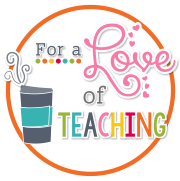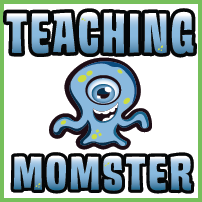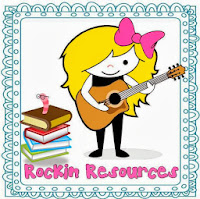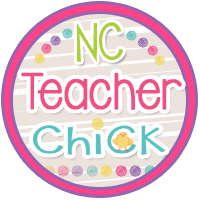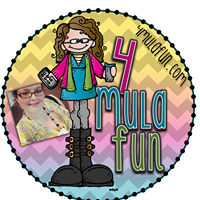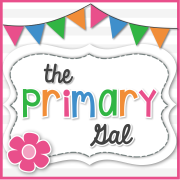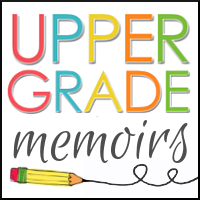Below is my top ten list of books that will help your students build emotional intelligence.
#1.
For the worry wart!
I also found this cute video that teaches kids how to use deep breathing to relieve anxiety:
#2.
A quick fun read.
I always strive to get my students to include emotion words to their writing as a way of adding voice to their stories. What I love about this book is that it shows students creative ways to present their writing. For instance, the word "scared" is written in 'shaky' writing, and words like "silly" and "excited" are written in a whimsical way! This book is a great way to build students' emotional vocabulary while teaching the 6 +1 traits of writing!
#3.
I love this book!! It's a great tool for teaching students how to deal with their anger!!
#4.
This one made my top 10 list because of the art ... it's so creative. I'm thinking you could create a class book inspired by "How Are You Peeling?". You could get students to bring in various foods from home and photograph & label the 'emotions' they see in the food that they bring in.
That would be fun!!
#5.
Anger is such an intense and confusing emotion (for kids and adults alike). Books that teach kids how to express anger in a healthy way deserve to be on this list!
I will admit, I might be a bit biased about the next 5 books, because... well.. I created them... but I can tell you from experience that they really do help students develop the vocabulary needed to label emotions accurately.
I always find that when my students write in their journals, they tend to use the same old boring words like "I was happy", or "It made me feel sad", and so on. When I get them to use a thesaurus to "spice up" these over-used words, they often struggle to select the exact synonym(s) to fit the context. So, I decided to create my own books to help students understand the varying shades of meaning for emotion words.
Here are some of the Picture Thesaurus books in my collection.
#6. Sad
A closer look:
Each page is illustrated to depict the varying shades of meaning for a given word. So, for the above example, there are 27 synonyms for sad, but they are grouped into 7 different contexts (or shades of meaning). This helps students label their emotions more accurately when writing.
#7. Angry.
#8. Happy
Click HERE to see my happy book.
#9. Scared
#10. Nervous
This last one is not sold separately and is only available in my Picture Thesaurus Bundle or in my Emotions Bundle.
Click HERE to see the Picture Thesaurus Bundle.
Click HERE to see my Emotions Bundle.
There you have it... My TOP 10 books for building emotional vocabulary!!


















.jpg)
.jpg)





.jpg)

.jpg)
.jpg)































